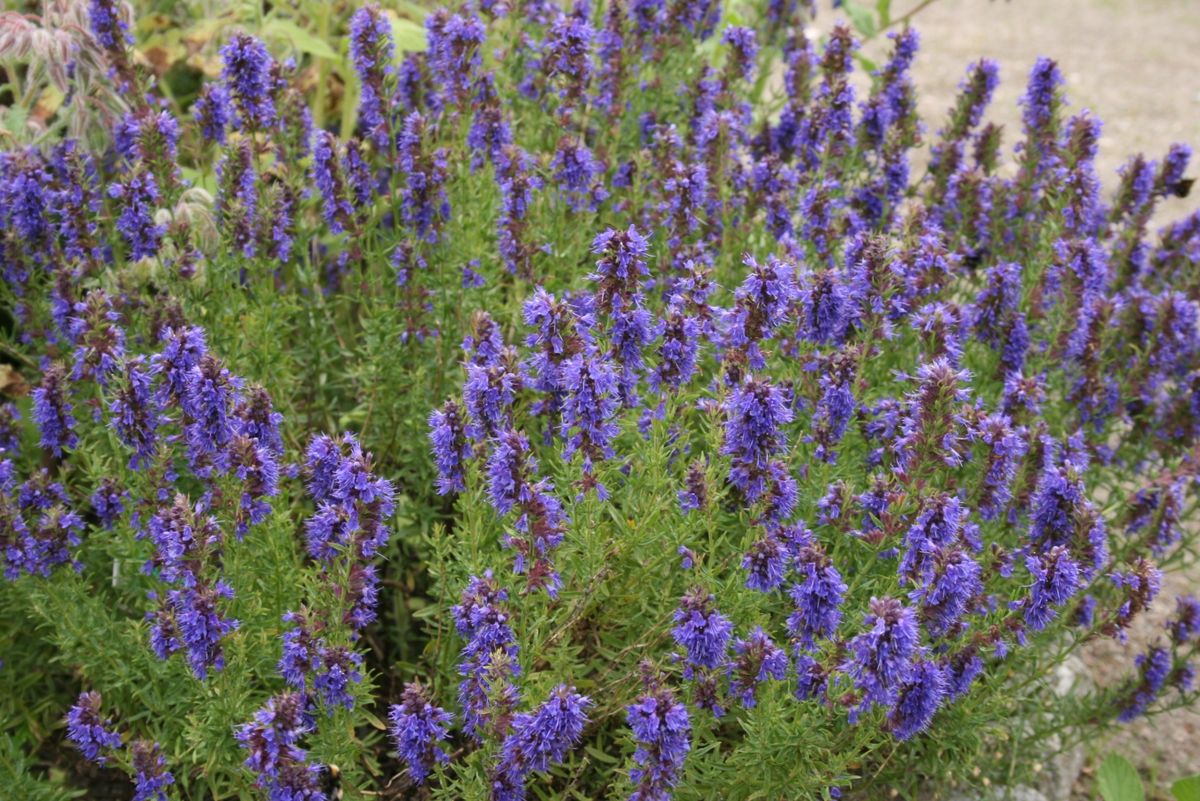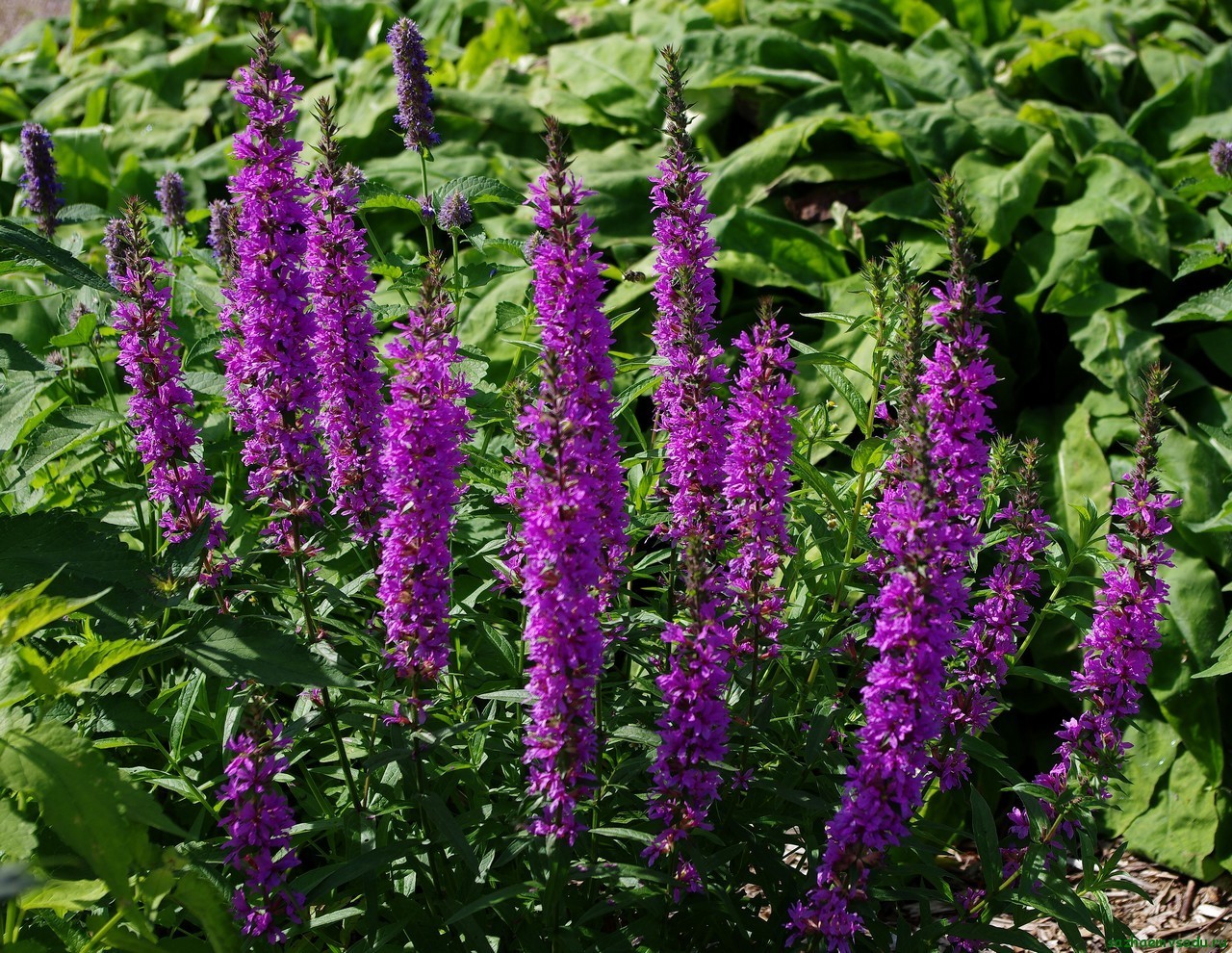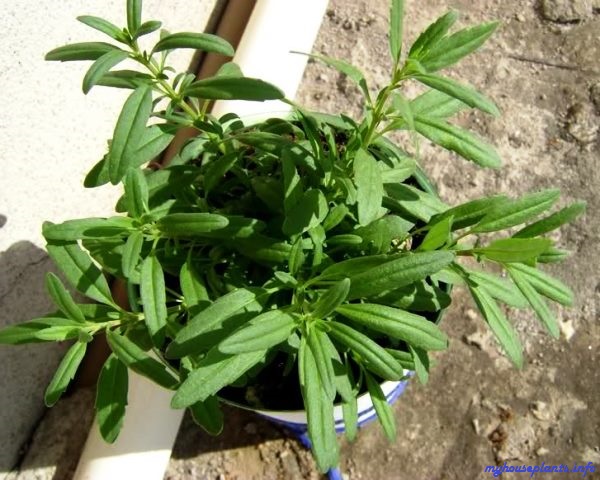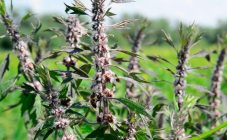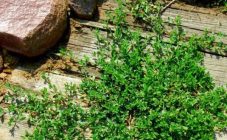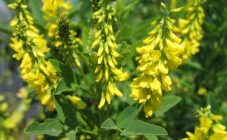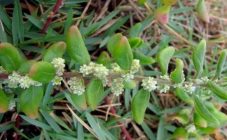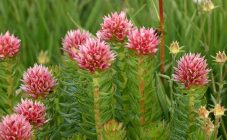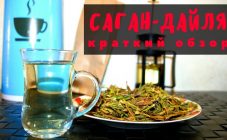Content:
Hyssop (blue St. John's wort) belongs to the plants of the Lamiaceae family. A perennial plant is an excellent honey plant and is widely used not only for decorating personal plots, flower beds and lawns, but also for preparing various medicinal decoctions, infusions, in cooking. The healing effect of hyssop has been known since ancient times. Due to the high content of essential oils, vitamins and trace elements, the herb is used not only for the prevention of diseases, but also heals many ailments.
Description of culture
The unpretentious plant pleases all summer with its flowering and fragrant aroma. Hyssop grass grows in the steppe and rocky terrain, is distributed throughout the territory of central Russia, in southern Siberia and in the regions of the Caucasus, prefers a warm climate.
Hyssop is a branchy shrub with elongated green leaves. Wild species reach half a meter, and cultivated varieties grow up to one meter. The flowers are irregular in shape and are collected in a spike-shaped inflorescence. They can be white, pink or blue.
Grass varieties
The perennial bushy plant has more than 50 varieties. The most common are the following varieties.
Anise hyssop
The second name of this subspecies is lofantanis. The plant has spreading branches with green oblong leaves, shoots reaching a height of 100 cm. It has a well-developed root system. The leaves are purple and tan. From each branch of the hyssop, a spike-shaped inflorescence departs, consisting of many small purple flowers. The length of the inflorescence ranges from 10 to 15 cm. If you rub the flowers with your hands, you will feel a pleasant anise aroma.
The plant blooms throughout the summer season, often captures half of the fall. At the same time, the life of each flower lasts no more than a week, but as soon as it fades, the next buds are immediately tied. Therefore, flowering occurs continuously. This property of the plant makes it an excellent decorative element for any flower bed or lawn. Aniseed hyssop has anti-inflammatory and disinfectant properties, which explains the use of this herb in the treatment of a number of diseases, including ARVI.
Hyssop officinalis (ordinary)
A branched subshrub up to 80 cm high has a taproot and woody root. Branching bushes have dark green foliage, forming a kind of dome. The herb has a dense spike-shaped inflorescence and flowers of blue, white or pink color. The plant blooms from July to September. Taking into account the external decorativeness of the bushes and the active incessant flowering, it is often used to decorate home gardens, and the fragrant spicy aroma dictates its use in the kitchen as a seasoning.
Hyssop chalk
The appearance of this plant species does not differ from the medicinal hyssop. Its stems reach a height of 20 to 60 cm, blue flowers exude a strong aroma. Semi-shrubs grow in places with chalk deposits.
Growing hyssop
The grass is unpretentious to soil, climatic conditions and does not require special care. It tolerates severe winters and dry summers well. However, the plant thrives best in moderately humid open places, on the sunny side and in loose fertile soil.
To grow gorgeous hyssop bushes, it is enough to sow seeds in the loose soil. They can be purchased at the store, or you can assemble them yourself. To do this, the inflorescences, which have faded and turned brown, must be cut off and spread out to dry completely. The seeds can then be removed from the seed pods. It is necessary to sow hyssop in the prepared soil in rows to a depth of no more than a centimeter. The distance between the rows should be about half a meter. After about two weeks, the first shoots will appear. When 6 to 8 leaves appear on the sprouted sprout, the plants must be thinned out.
Hyssop can be propagated using seedlings. To do this, at the end of March, seeds are sown in boxes or other convenient containers. After 1-2 months, as soon as 6-7 leaves appear, the seedlings are planted in the soil.
Another way to propagate hyssop is by cuttings. For this, pieces of shoots about 10 cm long are cut from the main plant. After that, they need to be stuck into the prepared soil and shaded. The first time it is desirable to carry out regular watering.
Special care of the grass is not required. It will be enough to regularly pull out weeds, loosen the aisles and sometimes do top dressing. It is recommended to prune the plants every year closer to winter. This will help you get more bushy plants with lush and rich flowering.
Benefit
Hyssop is undoubtedly a versatile herb. It is simultaneously a spice, medicinal, melliferous and ornamental plant. The essential oils contained in the herb have a positive effect on the general condition of the human body. Hyssop has anti-inflammatory properties, regulates brain activity, removes harmful substances from the body.
The benefits of the plant extend to the functioning of the digestive system. Appetite significantly improves, eliminates stomach pain and bloating, improves stomach function. Hyssop has anthelmintic properties. In addition, the herb helps during the onset of colds. Herbal decoctions and infusions are used for coughing attacks, bronchitis, anemia, and also if there are problems with the skin and mouth.
Harm
Although the plant has medicinal qualities and is reputed to be a useful product, it is poisonous. Therefore, when preparing medicinal decoctions and infusions, you must first consult a professional doctor so as not to exceed the dosage. Uncontrolled consumption of the herb can trigger the appearance of spasms. Therefore, people with epilepsy should not use hyssop as a food supplement or as a medicine. It is also not recommended to use the herb for children and lactating women.
Diseases and pests
The herb is quite resistant to various types of diseases. Despite this, rust or fungus can attack it. When infected with rust, specks appear on the leaves of the plant, which increase as they grow. To get rid of the misfortune, you need to remove the affected leaves and treat the bushes with special means.
Procurement and storage of hyssop
For culinary and medicinal purposes, the preparation of raw materials is very simple. Flowering plants are cut and laid out to dry in a well-ventilated, dry, dark place. You can tie the grass in bunches and hang.
After drying, the stems of the plant become rough, and the inflorescences are prickly, so it is best to collect the grass at the beginning of flowering, when the stems are not stiff, the inflorescences are softer. If you plan to use dry herb ground, a more aromatic mixture will come from the hyssop in the midst of its bloom.
The dried herb can be stored whole in cotton bags or sacks. You can chop the hyssop, place it in a glass container and close it with a lid. It is important for the plant that the storage area is dark and dry. This will help preserve the beneficial properties of St. John's wort for a long time.
Hyssop, or blue St. John's wort, is an irreplaceable crop in many areas. Traditional medicine has found in the face of the plant a faithful assistant in the fight against various diseases. The external beauty of the grass makes it indispensable when drawing up flower arrangements on private plots. The plant will delight with aroma and gorgeous flowering throughout the summer season.
